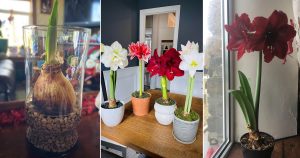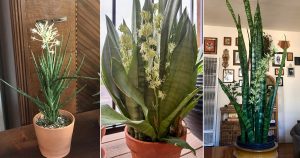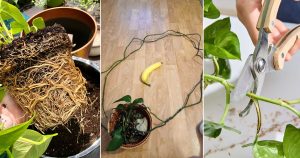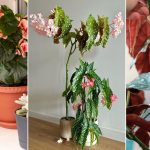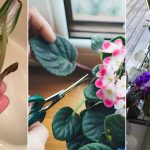“Seed starting” or “starting seeds indoors” refers both to something that gardeners giddily look forward to at the end of winter, and a practice that frustrates a lot of people. While sowing seeds in pots indoors doesn’t require any difficult techniques or hard to acquire skills, it is kind of unforgiving in a few respects. That’s why I thought I would share some of the things I’ve learned over the last few years of starting seeds inside.
The first thing that frustrates people is figuring out when to sow their seeds. There is no universal answer, because different seeds take different amounts of time to grow before they’re ready to go outside. So how do you figure it out? Look on the seed packet and it will tell you to start your seeds a certain amount of time before your “last frost date.” You can find your last frost date by using this listing from Victory Seeds. Simply count the correct amount of time for that seed back from your last frost date and that is the approximate time you should sow those particular seeds.
I think some people are also fouled up by using the wrong materials. I highly recommend using a potting mix that is specifically designed for starting seeds. You can buy this mix in a bag and scoop it into your own pots or buy those little Jiffy Pots that you soak in water to expand. Either way, I bet you’ll have a much higher success rate with either of those than you will with generic potting mix.
The other thing that makes a big difference for me is watering from the bottom. By this I mean I put my pot (with a hole in the bottom) in a tray of water. The soil wicks the water up through the hole and stays evenly moist. This solves two problems: (1) forgetting to water thus allowing the soil to dry out, and (2) knocking over seedlings with a stream of water when you try and water them from the top.
Another simple to correct mistake that a lot of people make is not providing enough light. You should give them about 14 hours of light a day. And quite frankly, I’ve never had success with simply putting the seedlings in a bright window, no one gets 14 hours of sunshine during the winter or early spring, and the light through a window usually isn’t bright enough. You really do need a fluorescent tube lightbulb. Hang the lightbulb so that it is just an inch or so above your seedlings.
Finally, it’s helpful to know a little about the types of leaves on a plant. Most of the seeds you will sow indoors are dicots. This means that when the plant emerges from the soil there will be two leaves (the other type of plant is a monocot, which only has one initial leaf). These first leaves are called seed leaves and don’t look like the true leaves of the plant that will develop later. When you see the first true leaf, it’s time to start fertilizing with half strength fertilizer once a week.
You also need to know about leaves when it is time to transplant. If you’re sowing your seeds in a shallow tray or container, transplant them to a larger container once you see that it has developed two sets of true leaves. Plant the seedling deeply, up until just below it’s seed leaves. This will help keep the plant from flopping over and then growing with a crook in it’s stem. This will also encourage the plant to grow roots along the stem that is below ground, further strengthening it.
A few more tips
- Rotate your seedlings daily so they get even exposure to the light
- If your seeds aren’t germinating, it may be too cool in your home. Move them to a spot that is between 65-75 degrees or buy a seed starting heat mat.
- When it’s time to move your plants outside, do so gradually over several days to “harden off” your seedlings.
- You can use a soda bottle with the bottom cut off to protect tender seedlings at night, once they’ve been permanently moved outdoors.

